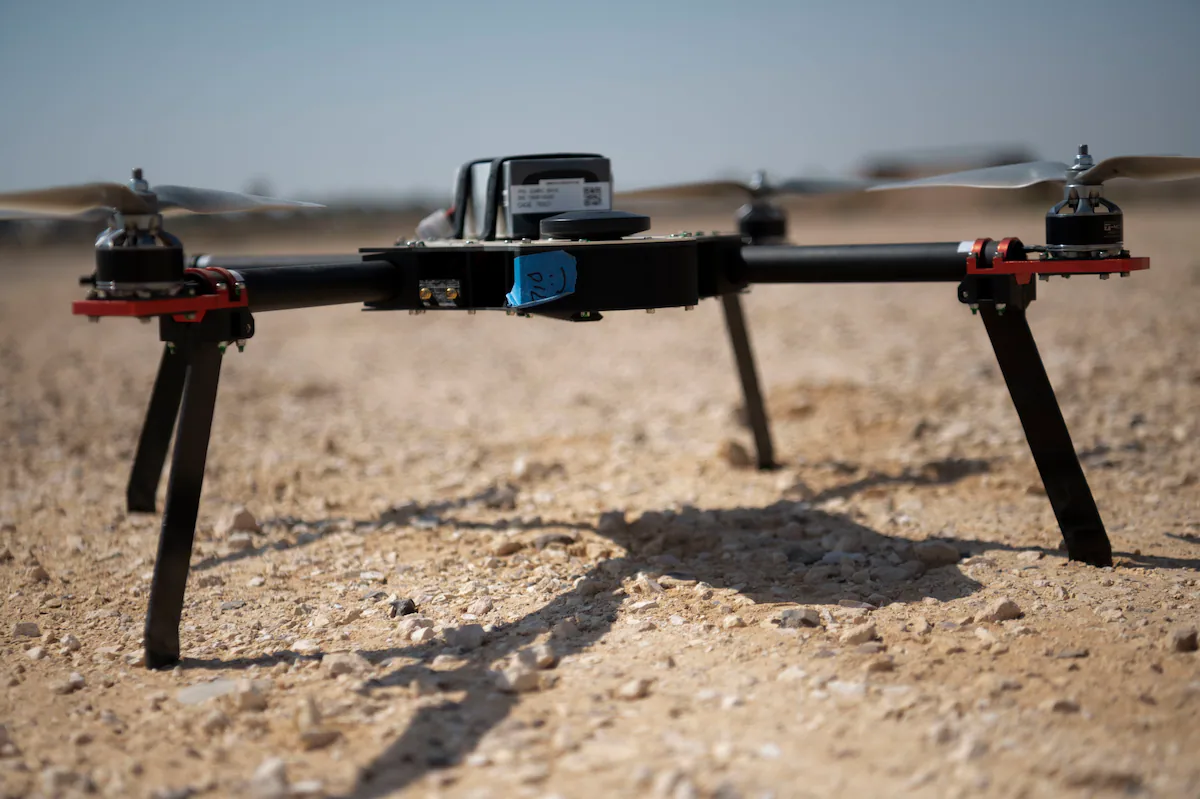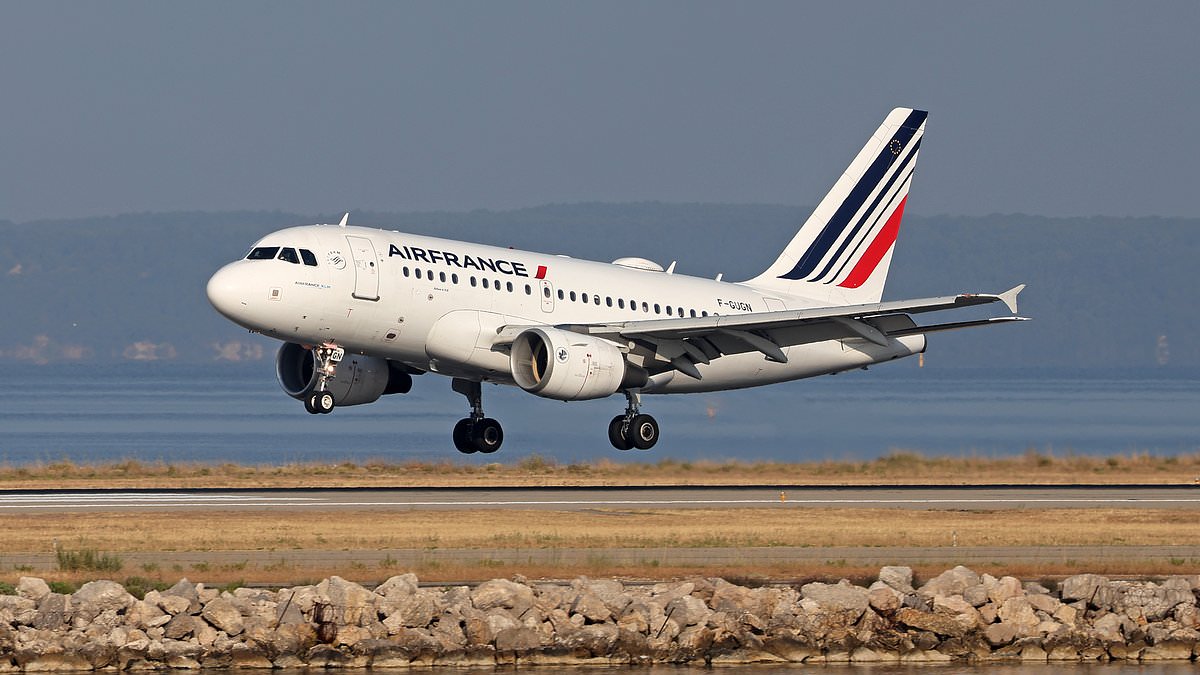
Drones are swiftly changing the nature of warfare, but for years, the United States has tied its hands behind its back when it comes to selling cutting-edge drone technology. Washington has long held fast to a strict interpretation of the Missile Technology Control Regime (MTCR) — an informal political agreement formed in 1987 to limit the proliferation of missiles and missile technologies — which the U.S. applied to certain uncrewed aerial vehicles (UAVs) as well, thereby preventing itself from selling its most advanced drones to many key partners. But China, Turkey and others have had no such scruples, which has let them fill the gap and expand their defense sales and influence across the Middle East, Africa and beyond.
Revising the U.S. approach to the MTCR is long overdue. As competition with China seeps into other arenas, maintaining a constellation of interoperable allies and partners is crucial for the U.S. Doing so requires meeting market demand, and the demand worldwide — after witnessing conflicts in Europe and the Middle East — is for UAVs. Crucial for the U.S., however, is finding a way to balance meeting this demand with protecting its proprietary information. Beyond the historically strict interpretation of the MTCR, American officials have been reticent to export advanced UAVs for fear that their technologies and capabilities would be vulnerable to adversary collection. This concern is warranted, and U.S. officials should couple the roll-out of this reinterpretation alongside the establishment of strict nonproliferation parameters with partner countries and a robust oversight mechanism to ensure American technologies are not in jeopardy and countries or non-state actors do not take advantage of more lax policy.
Ultimately, for the United States to remain the partner of choice, not just in the Middle East but worldwide, it must continue to balance between meeting market demand and protecting its proprietary technologies. But the balance must also reckon with the original purpose of the MTCR: Preventing the proliferation of missile technologies that could destabilize regions or fuel arms races. Providing the U.S. the ability to simply compete with China in UAV sales is not, in itself, a strategy. The reinterpretation should be coupled with updated nonproliferation standards and robust safeguards to balance both competition and global responsibility. Balancing both can lead to deeper, more sustained defense collaborations in the Middle East and around the world.



